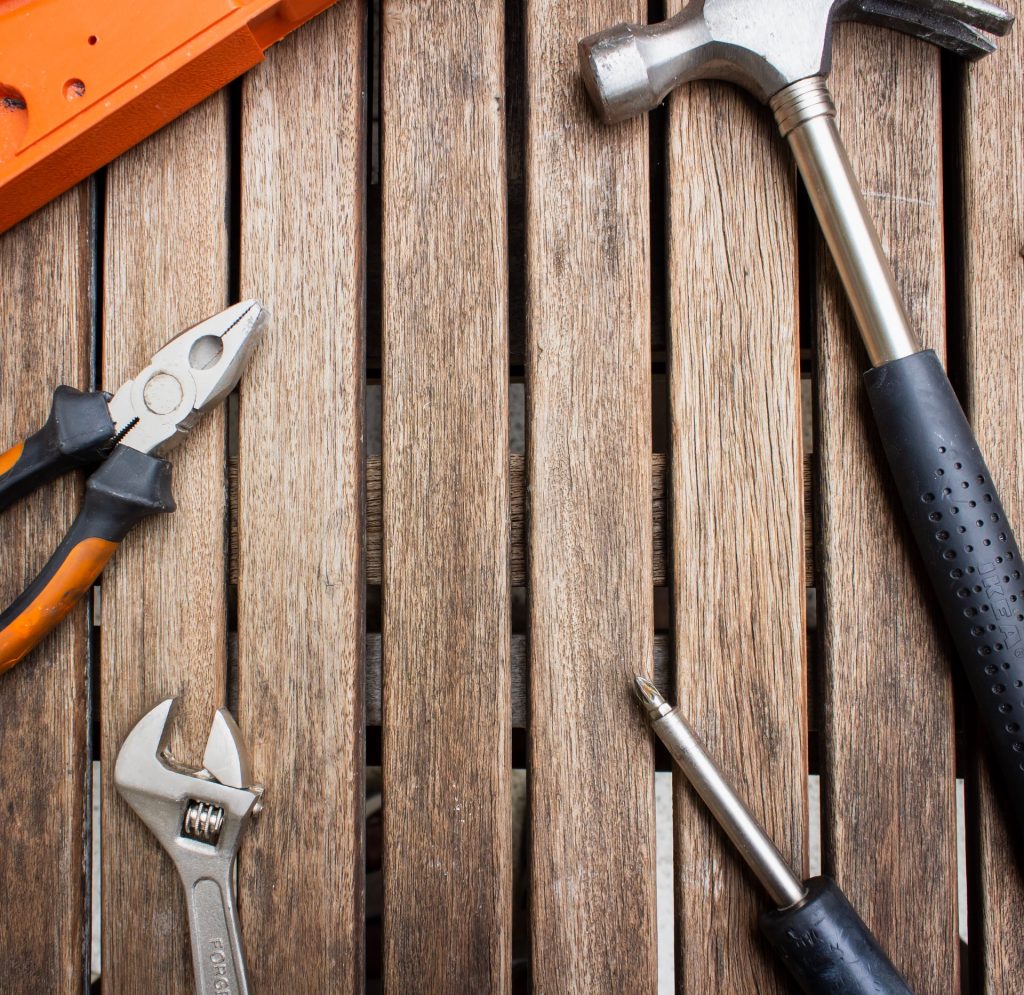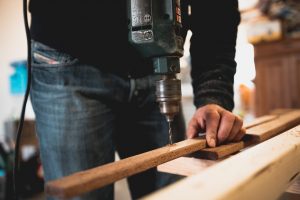
For many Australians, cladding is a popular material installed in both the inner walls and external walls of their homes. This cladding is a great improvement to your homes and can be fixed ourselves. If you are considering installing timber cladding in your home then here are our tips for you to make the process like a professional installer.
Your choice of cladding
There are different types of claddings, with a variety in size, material, colour, such as click on battens or aluminium cladding. The price is based on the different benefits and constraints in the particular type of cladding, and in factors such as maintenance, durability, ease of installation, lifespan and sustainability. When choosing the cladding that is needed for your home, choose it based on the location it is to be installed, as what’s most important is that it is effective in the locations in your home. The cladding has to be durable, watertight and damp-resistant. If they are to be placed in your kitchens or the home’s exterior, you need to make sure you choose cladding that is made up of vinyl or palisade. Make sure you do not choose wooden cladding for this purpose.
Preparing the wall
The wall on which the cladding is to be installed has to be made ready for this purpose. It has to undergo certain preparation including cleaning and wiping off any possible dirt or lint present, and the walls should not have any dampness in them. You will need to ensure that walls are damp free and the best way to do this is to give the walls a coat of isopropyl alcohol.

Glue them correctly
When the cladding is installed on the walls, the adhesive used for this purpose should be dealt with carefully. Ensure that the adhesive is not old and has not lost its shelf life. The adhesive used should be a neutral one otherwise the cladding will come off and separate from one another. Before it is applied to the cladding, the adhesives have to be cured for 21 days and should be a colour that matches the cladding.
Leave the cladding to set
The cladding must be placed in the shade for it to set and should not be left out in rain or harsh sunlight, or in any wet areas when it is left for the setting process. The area for setting should give the cladding adequate time and a safe environment to set itself and be ready for placement and installation. The setting time usually takes approximately 14 days and this prevents any possible issues when it is fixed, such as shrinking. If installed immediately before you have allowed for the setting process, this could result in a less than ideal scenario at home.
Maintaining the cladding after installation
Cladding maintenance depends on the wall type, but typically it does not cost much or need a professional to manage the upkeep. There is no need to have experts maintain your cladding, this is definitely a DIY kind of job. It requires you to check if there are any de-attachments, discolouration, dirt, stains, dampening and based on the problem, appropriate treatment can be performed. If there are simple dirt and stain issues, they can be easily removed by wiping the area with the damp cloth using a light detergent solution. Abrasion and cracks can be filled with fillers and rectified easily without much issue.
The process of installing cladding takes time and should not be rushed. It is not an impossible task, it just requires more patience and precision to complete it. Without these two attributes the final result will not be ideal and you might need to invest in getting another person to re-do your job. It’s very important that cladding is installed safely, so if in doubt perhaps consult a professional who can do it perfectly.